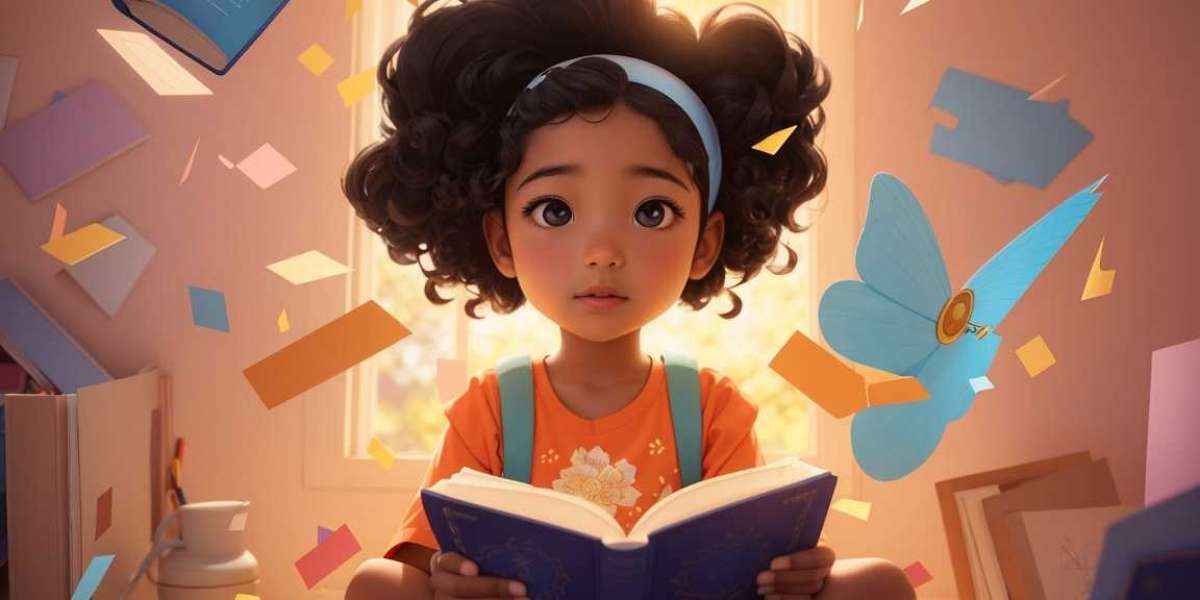In the captivating world of children's literature, one of the most enchanting aspects has always been the illustrations. The way an artist brings words to life through their imagery is nothing short of magical. In this article, we will explore the captivating evolution of children's book illustrations and delve into the art of writing a children's book. So, let's embark on this colorful journey through time.
The Beginnings: A World of Simplicity
In the early days of children's literature, illustrations were rudimentary, and books often had limited or no imagery. The focus was primarily on the text, with the goal of imparting moral lessons and values. Books like "Aesop's Fables" relied on simple, black-and-white drawings to complement the stories, enabling young readers to visualize the tales.
The Golden Age of Illustration
As time passed, a significant shift occurred in the world of children's book illustrations. The late 19th and early 20th centuries marked what is often referred to as the "Golden Age of Illustration." During this era, visionary artists like Beatrix Potter, E.H. Shepard, and Arthur Rackham graced the pages of books with intricate, full-color illustrations. These captivating visuals not only enhanced the reading experience but also became iconic in their own right.
How to Write a Book with Captivating Illustrations
Writing a children's book is an art that extends beyond words. To craft a story that comes to life through illustrations, here are some essential steps:
1. Know Your Audience: Understand the age group you're targeting. The illustrations should be age-appropriate and engaging.
2. Collaborate with an Illustrator: Partnering with a skilled illustrator is crucial. They will help translate your words into captivating visuals that resonate with young readers.
3. Visualize Your Story: Before you start writing, envision how the illustrations will complement the narrative. Think about the emotions and elements you want to convey.
4. Create Space for Art: When writing, leave space for the illustrations in your manuscript. Consider where each image will fit naturally within the text.
5. Maintain Consistency: Ensure a harmonious relationship between the text and illustrations. They should work together seamlessly to tell the story.
A Splash of Color: The Mid-20th Century
In the mid-20th century, the world of children's book illustrations underwent another transformation. The use of color became more prevalent, bringing vibrancy and depth to the pages. Classic books like "Where the Wild Things Are" by Maurice Sendak showcased the power of color in storytelling. These illustrations captured the imagination of children and adults alike, leaving a lasting impact.
Writing a Children's Book that Resonates
To create a children's book that resonates with young readers, consider the following:
1. Craft a Relatable Story: Children connect with stories that reflect their experiences, emotions, and curiosities. Make your characters and plot relatable.
2. Keep it Engaging: Children have shorter attention spans, so maintain a brisk pace. Use dialogue and action to keep them engaged.
3. Add a Moral or Lesson: Many classic children's books impart important life lessons. Consider weaving a moral or message into your story.
4. Seek Feedback: Before finalizing your manuscript, share it with children or parents to get valuable feedback.
5. Edit and Refine: Writing a children's book may require several revisions. Be open to refining your work until it shines.
Modern Times: Diversity and Inclusivity
In recent years, children's book illustrations have evolved to embrace diversity and inclusivity. Authors and illustrators are making conscious efforts to represent a wider range of cultures, backgrounds, and experiences in their work. Books like "Last Stop on Market Street" by Matt de la Peña and "The Proudest Blue" by Ibtihaj Muhammad celebrate diversity through art and storytelling.
In Conclusion
The evolution of children's book illustrations is a testament to the enduring power of storytelling. From simple black-and-white drawings to the vibrant, inclusive imagery of today, illustrations have played a crucial role in shaping the world of children's literature. If you're aspiring to write a children's book, remember that the art of storytelling extends beyond words. Collaborate with talented illustrators, and together, you can create a magical reading experience that will captivate young hearts and minds.
So, embark on your journey to write a children's book, and may your words and illustrations bring joy, imagination, and valuable life lessons to young readers around the world. Happy writing!








